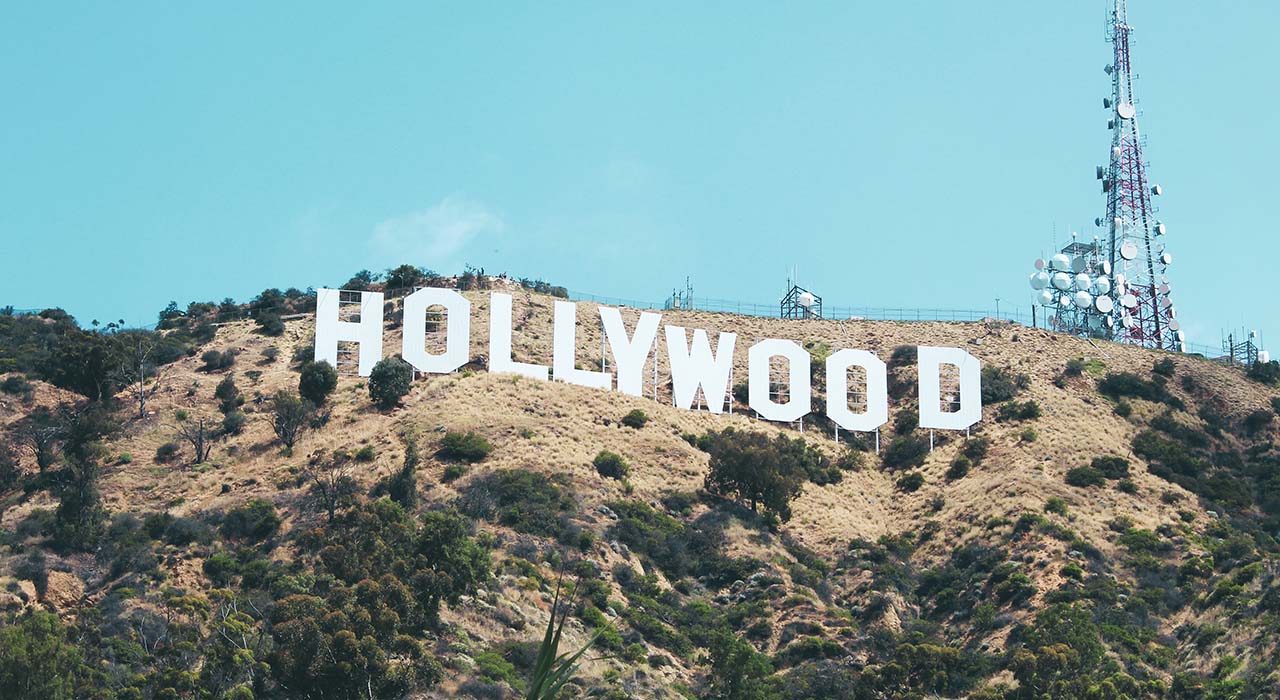Creativity and automation are two disciplines that have not been best bed pals historically. We typically find use for automated processes in order to free up time to be creative, which is why there has been some consternation surrounding the growth of AI-powered art tools. In particular, the film and television industry has responded to this with strikes.
63 years ago screen actors and writers throughout Hollywood went on strike to protest the changes television was making to the industry and the changes that industry leaders were subsequently NOT making to their contracts as a result. Fast forward to the year 2023, you’d think things would have changed but it looks like history is repeating itself once again.
So who is striking? What are they striking about this time? And how is it going to affect the new series of our favourite shows?
Firstly, who is SAG- AFTRA?
SAG - AFTRA is a collective combining both the ‘Screen Actors Guild’ and the ‘American Federation of Television and Radio Artists’ which represents over 160,000 media professionals from across the film and television industry.
The SAG-AFTRA body is responsible for protecting the contractual rights of its members and ensuring the appropriate and authorised use of their work now and in years to come.
Who is AMPTP?
The ‘Alliance of Motion Picture and Television Producers’ [AMPTP] is the American trade association solely responsible for negotiating industry wide union and guild contracts on behalf of hundreds of television and film producers.
But, how do the two work together?
Every three years the SAG-AFTRA organisations and other industry unions come together with AMPTP to discuss how the industry can progress from the inside and thus come to some agreement. This year however, the involved parties could not come to any such agreement.
So what's the issue?
A number of sticking points for SAG-AFTRA have been mentioned in the media however the most intriguing of which relates to the current and/or potential impact of AI on the entertainment industry as a whole.
As we know, AI is not a new phenomenon, however it is only recently that the technology has seemed to surpass our expectations and catch us by surprise.
From a technological point of view, the scope for use of AI is huge but needs to be approached with caution. The scope for use within the entertainment industry is endless but fraught with ethical difficulties. AI already is being used in the industry and in a variety of effective ways from, de-aging actors to aiding in the dubbing process however the concern lies in what is then done with the material produced and whether the appropriate praise and compensation is given to those involved.
According to the governing body of SAG-AFTRA, AMPTP has suggested that AI presents a unique opportunity to preserve the likenesses of film and television actors. For those of us who are unaware of the ins and outs of the industry this statement doesn't sound all too sinister however SAG-AFTRA’s chief negotiator and executive director, Duncan Crabtree-Ireland, has explained that this preservation would involve using AI technologies to scan actors, giving organisations the ability to reuse said likenesses in other projects without appropriate compensation.
While AI-generated content might offer efficiency and cost-effectiveness in terms of production, it raises questions about the authenticity of artistic expression. AI-generated content lacks the lived experiences, emotions, and unique perspectives that human creators bring to their projects. As a result, there's a risk that content generated by AI might lack the depth, subtlety, and emotional resonance that often distinguishes exceptional storytelling in TV and film.
So with striking in full swing and picket lines very firmly placed, what does this mean for the industry? Currently, any actors who are part of the movement are barred from continuing any ongoing work or taking part in any promotional or publicity related activities until an agreement has been reached. As of right now Hollywood is essentially on lockdown.
The Future
It’s natural that people react with concern to such a new and disruptive technology. Once again though, the point is for AI to enhance what we already have rather than to replace processes.
However, there are some areas within the film and television industry where AI will only serve to help such as autoframing and sequencing. For example, AI can arrange shots naturally, considering shot length and speaking moments, along with audience reactions. Compared to a human operator, the AI lacks some finesse but shows impressive results and is being refined. This is a great example of streamlining processes, something that all industries will benefit from.
Productions should be taking the right lessons from what works with AI and what doesn’t. Whilst it is likely that we will one day see an entirely AI generated creative project, this won’t necessarily spell the demise of the film and television industry as we know it. We’re simply living through a transitional period and when the dust settles, AI and humans will work together to create things greater than either could individually.
Ready to learn more about AI? Get in touch today.

